When a patient climbs into an MRI scanner, it peers inside their body to reveal the complex anatomy within, like the ligaments and tendons in a knee.
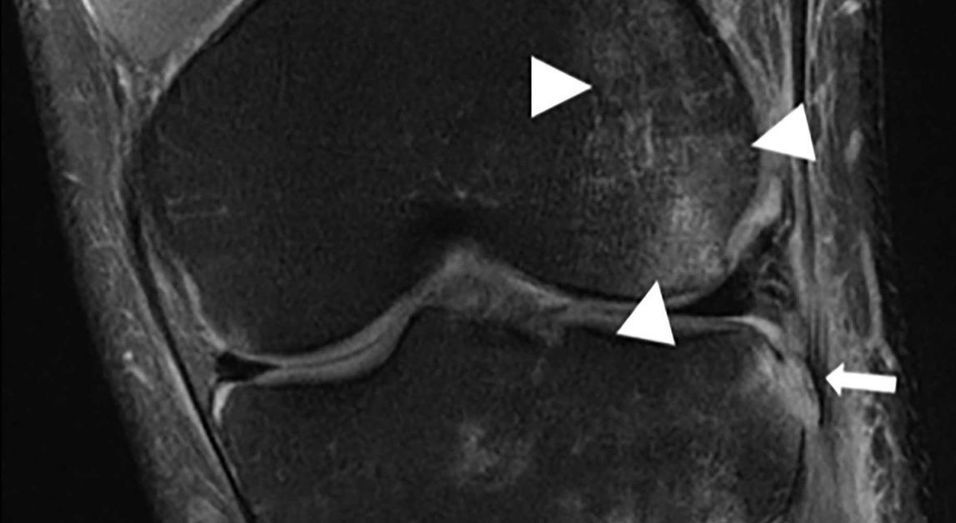


Google has been placing COVID-19 reminders, warnings, and information in many of its services for some time now. You can’t use a Google service without being reminded to wear a mask, or of where to go for screening. It’s even added various tips to Maps, including where to get takeout during the pandemic. With a possible new overlay feature, it looks like we might soon be able to add Google Maps to our list of COVID tracing apps.
Jane Wong has shared screenshots she was able to trigger in Maps, showcasing the new feature. The pictures detail the COVID-19 tracking option alongside the other map overlays, like Traffic and Transit. The feature apparently sources data from Wikipedia, The New York Times, Johns Hopkins University, and Brihanmumbai Municipal Corporation. Using this information, the overlay colors impacted states, countries, and their borders. The map also displays whether the current numbers for each area are increasing or decreasing.

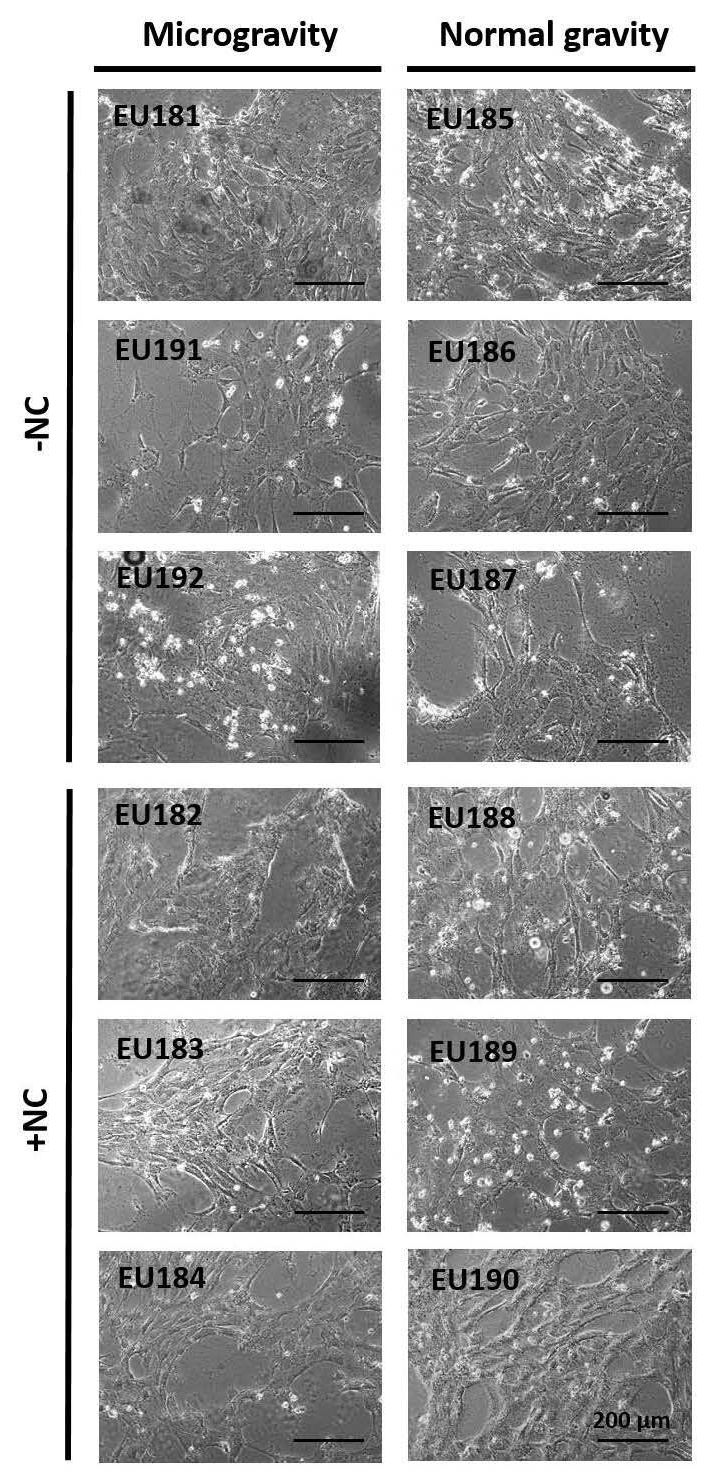
“Eat your vitamins” might be replaced with “ingest your ceramic nano-particles” in the future as space research is giving more weight to the idea that nanoscopic particles could help protect cells from common causes of damage.
Oxidative stress occurs in our bodies when cells lose the natural balance of electrons in the molecules that we are made of. This is a common and constant occurrence that is part of our metabolism but also plays a role in the aging process and several pathological conditions, such as heart failure, muscle atrophy and Parkinson’s disease.
The best advice for keeping your body in balance and avoiding oxidative stress is still to have a healthy diet and eat enough vitamins, but nanoparticles are showing promising results in keeping cells in shape.
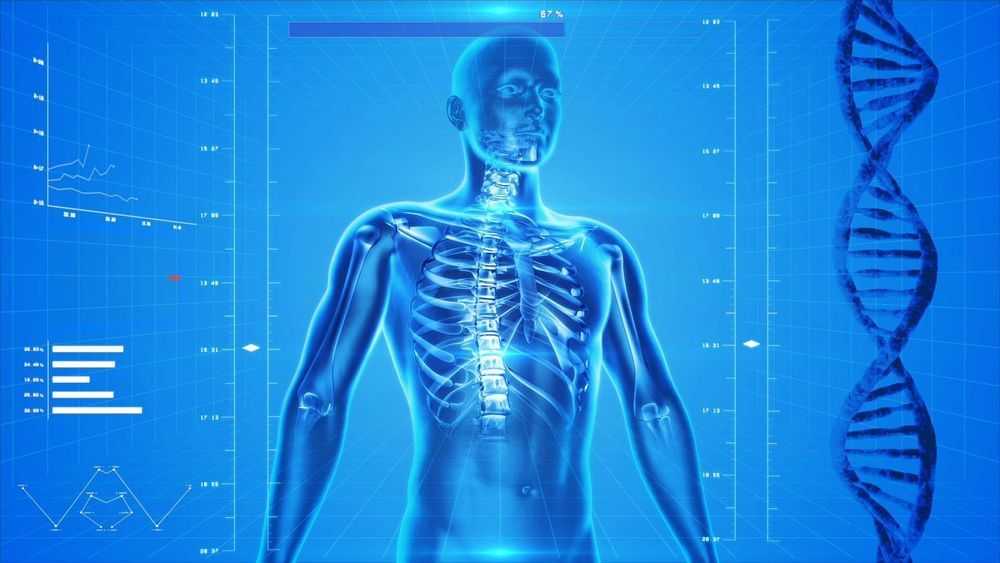
“Hotspots” of Coronavirus Infections in Human Bodies
An infection with the coronavirus SARS-CoV-2 can affect multiple organs. With this in mind, researchers of the German Center for Neurodegenerative Diseases (DZNE) and Cornell University in the US have investigated cellular factors that could be significant for an infection. To this end, they analyzed the activity of 28 specific genes in a wide range of human tissues. Their findings, which provide a map of potentially disease-relevant factors across the human body, are published in the journal Cell Reports.
“SARS-CoV-2 not just infects the respiratory system, it has the potential to affect many other organs in the body. Even if the virus infects the respiratory system first, it is essential to be able to predict where it might go next. This aids to develop therapies. Our goal was thus to learn more about what makes the different organs susceptible to infection,” explained Dr. Vikas Bansal, a data scientist at the DZNE’s Tuebingen site. “Therefore, we looked at different tissues to see which components of the cellular machinery might be relevant for infection and also which cell types appear to be particularly susceptible.” Bansal co-authored the current paper with Manvendra Singh, a Cornell presidential fellow, and with Cedric Feschotte, professor in the Department of Molecular Biology and Genetics at Cornell University.
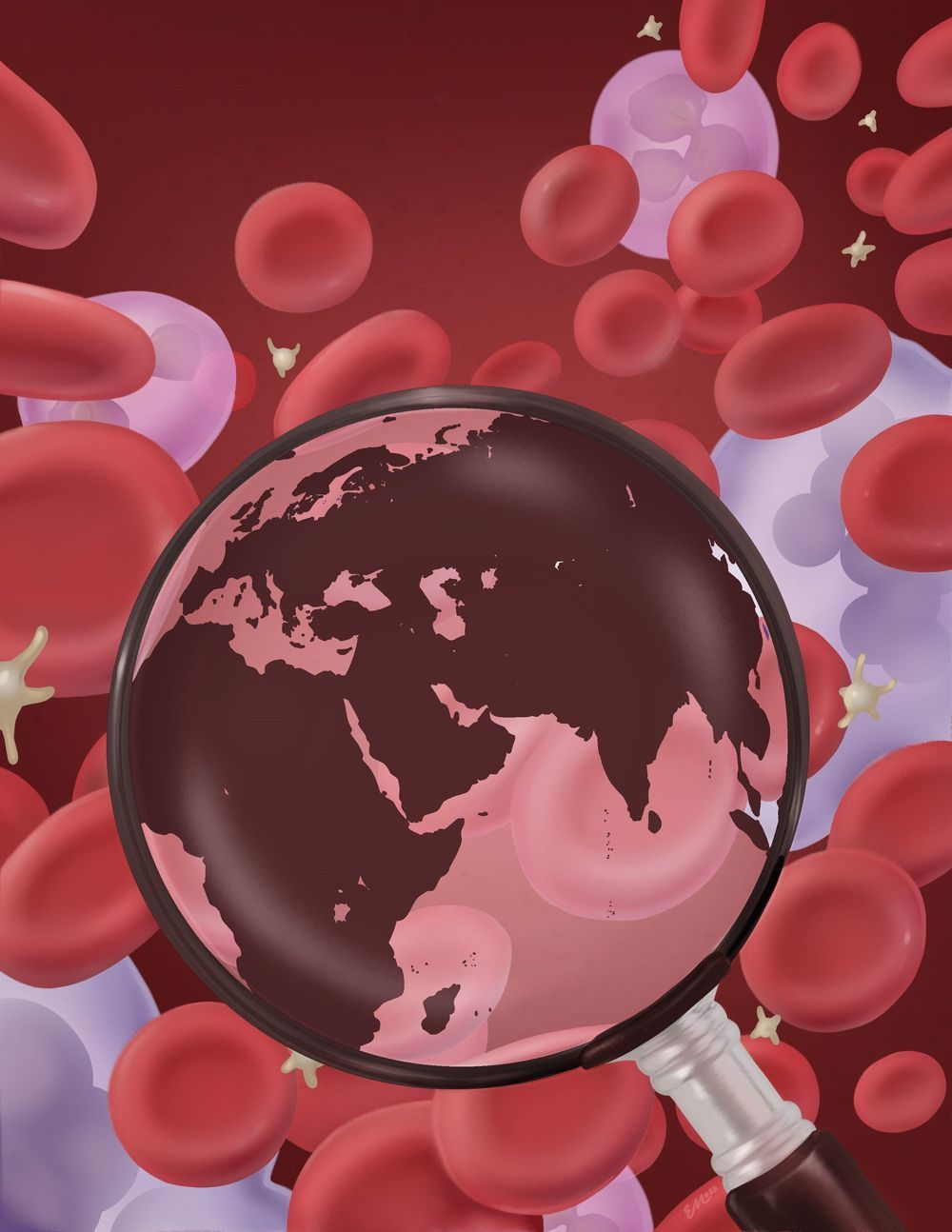
What’s the risk of different human populations to develop a disease? To find out, a team led by Université de Montréal professor Guillaume Lettre created an international consortium to study the blood of hundreds of thousands of people worldwide.
In one of the largest studies of its kind, published today in Cell, close to 750,000 participants from five major populations—European, African, Hispanic, East Asian and South Asian—were tested to see the effect of genetic mutations on characteristics in their blood.
These characteristics include such things as hemoglobin concentration and platelet counts.

Sleep has critical roles in health and regeneration, and one of those is clearing the brain of metabolic waste, according to researchers from the US and Denmark.
Now, as reported in the journal Nature Communications, they’ve discovered in mice that the time of day matters, suggesting the process is controlled by circadian rhythms.
“Our group has shown that just being awake or asleep drastically changes how well the brain can clear waste,” says lead author Lauren Hablitz from the University of Rochester Medical Centre.
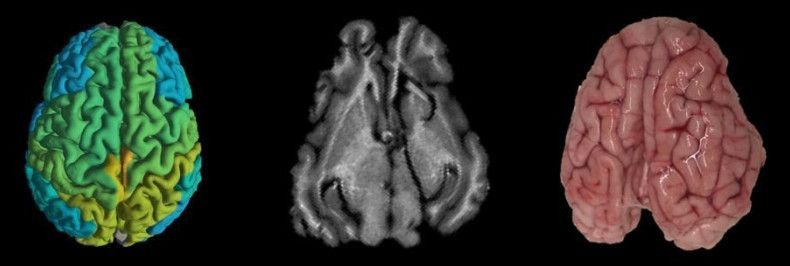
The researchers, Prof. Itamar Kahn of the Technion’s Rappaport Faculty of Medicine in Israel and Prof. Nancy Ratner of Cincinnati Children’s Hospital Medical Center (CCHMC), claimed that such a breakthrough demonstrates a potential new treatment for cognitive damages in the brain white matter, the areas of the central nervous system.
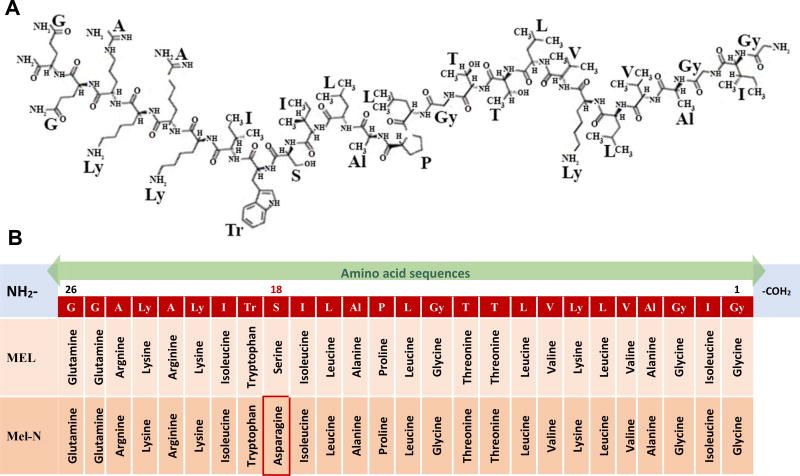
Melittin (MEL), a major peptide component of bee venom, is an attractive candidate for cancer therapy. This agent has shown a variety of anti-cancer effects in preclinical cell culture and animal model systems. Despite a convincing efficacy data against variety of cancers, its applicability to humans has met with challenges due to several issues including its non-specific cytotoxicity, degradation and hemolytic activity. Several optimization approaches including utilization of nanoparticle based delivery of MEL have been utilized to circumvent the issues. Here, we summarize the current understanding of the anticancer effects of bee venom and MEL on different kinds of cancers. Further, we also present the available information for the possible mechanism of action of bee venom and/or MEL.
Keywords: Bee venom, Melittin, Melittin conjugates, Cancer management, Anti-cancer effects.
Cancer is one of the major ailment effecting humankind and remains as one of the leading causes of mortality worldwide. The current available data suggests that over 10 million new patients are diagnosed with the disease every year and over 6 million deaths are associated with it representing roughly 12% of worldwide deaths. Fifteen million new cancer cases are anticipated to be diagnosed in the year 2020 [1] which will potentially increase to over 20 million by 2025 [2] and more in years to come. It is also anticipated that the growth and aging of the population may increase the new cancer cases to 21.7 million with about 13 million cancer deaths by the year 2030 [3].
This 3D-printed bunny could be the future of data storage via Seeker.
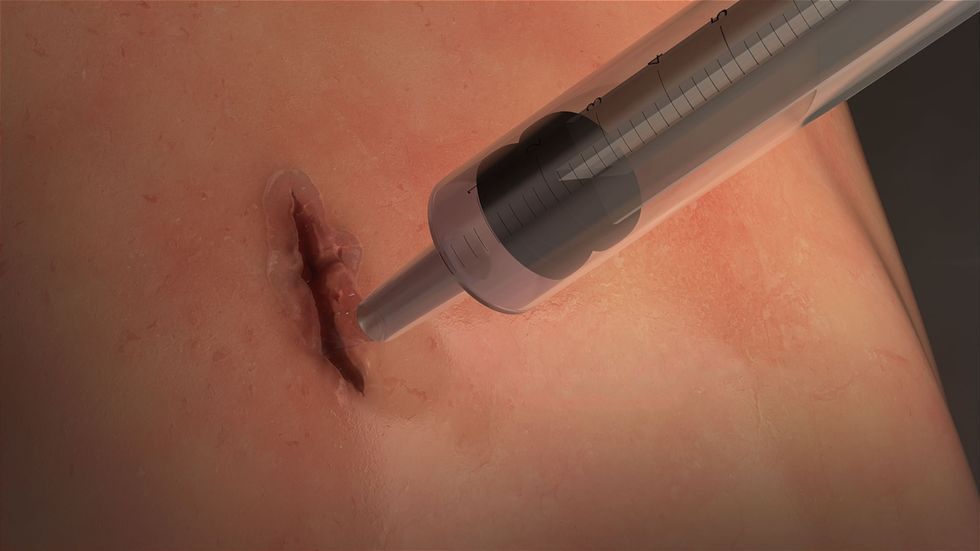
Another bit of science fiction is coming to life as scientists develop a highly elastic and adhesive surgical glue similar to the one Ryan Gosling used to seal his wound in Blade Runner 2049.
Surgeons use sutures, staples, and wires (sometimes in combination with adhesive substances) to facilitate healing of external and internal wounds. These methods, however, are not optimal, especially for reconnecting contracting tissues like those of lungs, arteries and the heart.
Sutures are also not ideal for preventing the leaking of liquids from incisions. In addition, piercing tissues to place sutures can further damage the surrounding wound area and can increase the risk for infection.